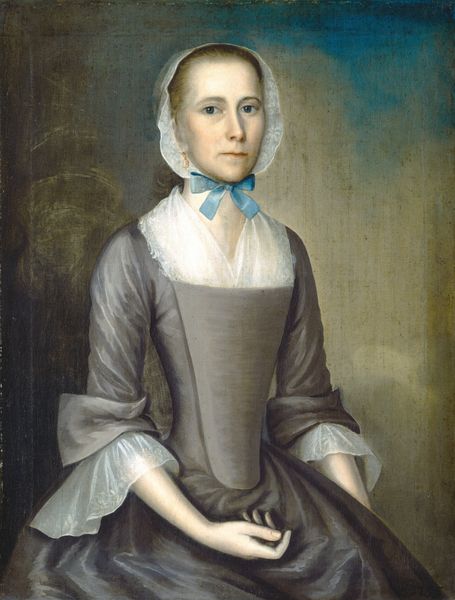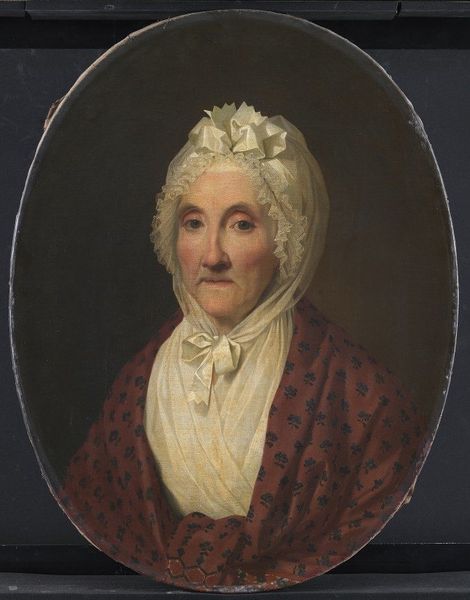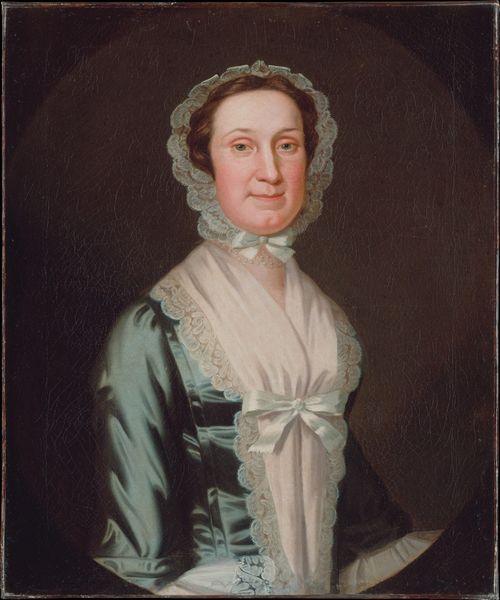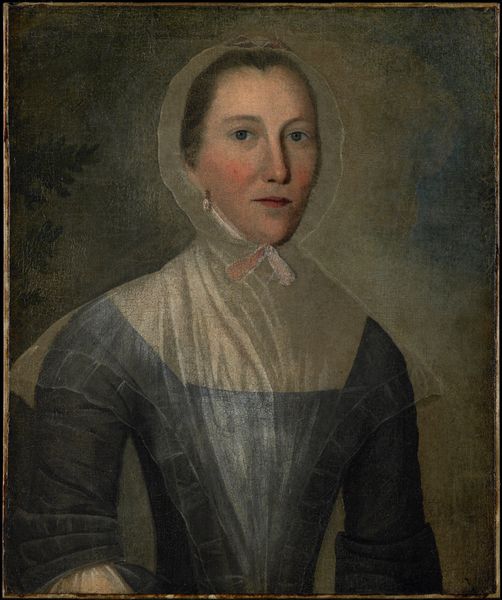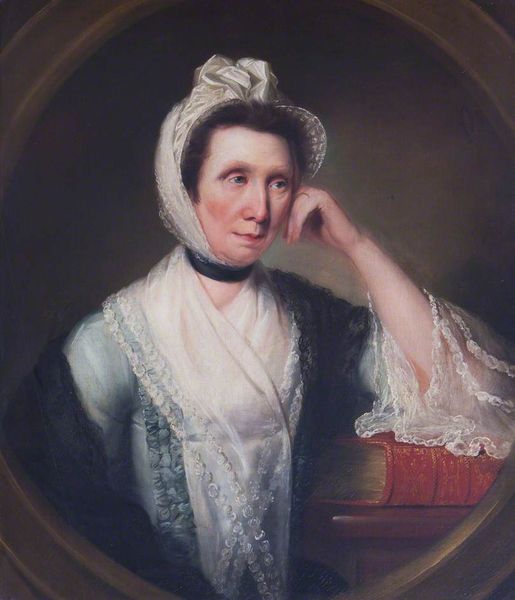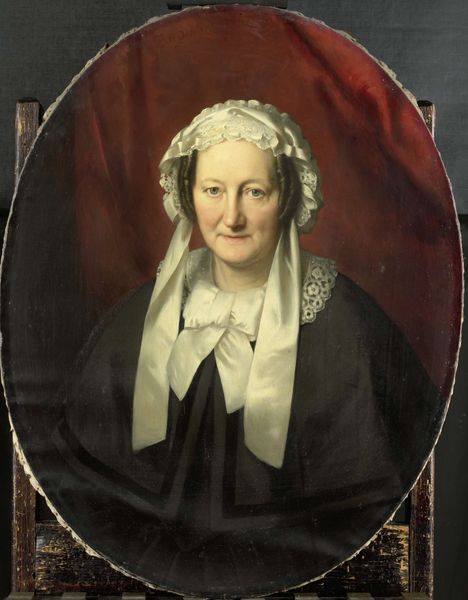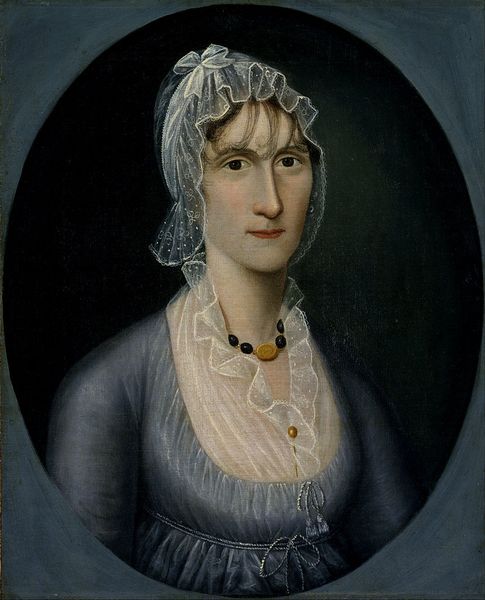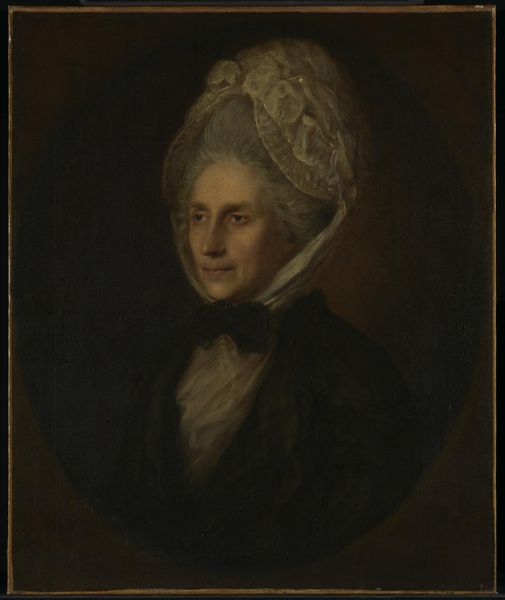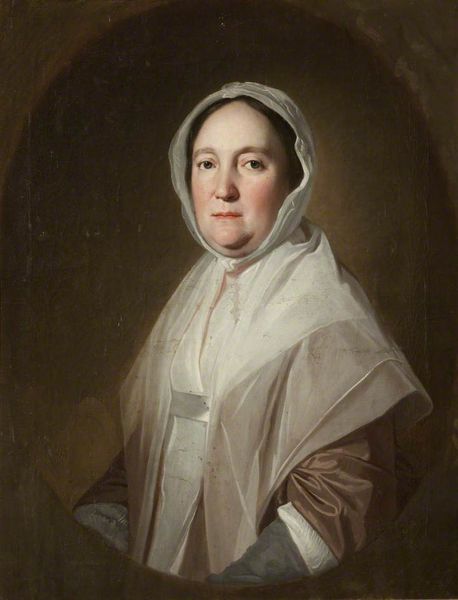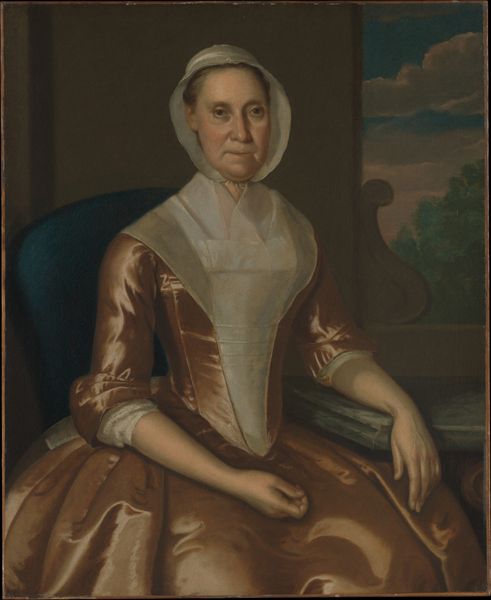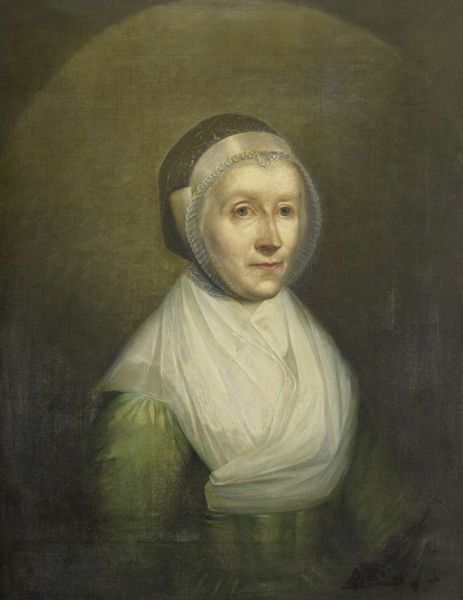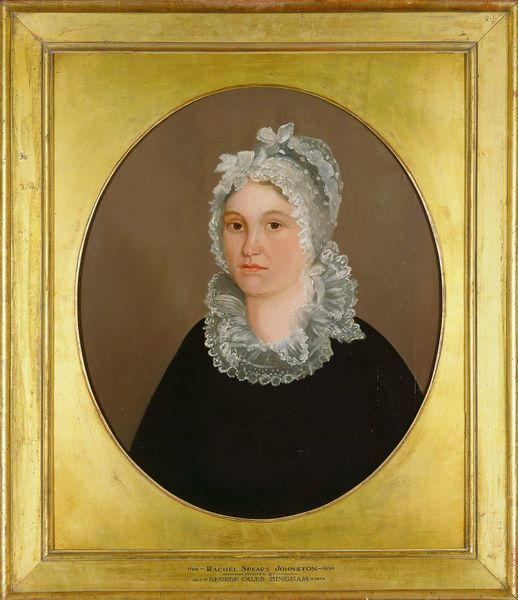
Dimensions: support: 770 x 640 mm
Copyright: CC-BY-NC-ND 4.0 DEED, Photo: Tate
Editor: This is Allan Ramsay's "Portrait of Martha Baker," currently at the Tate. It feels very formal, yet something about her gaze is quite direct. What strikes you about this portrait? Curator: I see a representation of societal constraints and the performance of identity. Look at the muted tones, the framing. Do you think Ramsay is subtly critiquing the limited roles afforded to women of Baker's status? Editor: I hadn't thought about it that way. It's interesting how the portrait can be read as both a celebration and a confinement. Curator: Exactly. Portraits weren't just about likeness; they were statements about power, class, and gender within a very specific cultural framework. What can we learn from examining those power dynamics? Editor: It definitely gives me a different perspective on portraiture in general. Curator: These images are always more than meets the eye.
Comments
tate 8 months ago
⋮
http://www.tate.org.uk/art/artworks/ramsay-portrait-of-martha-baker-t06535
Join the conversation
Join millions of artists and users on Artera today and experience the ultimate creative platform.
tate 8 months ago
⋮
Portraying a sitter within an imitation stone oval - echoing the oval form of most British portrait miniatures - was still in vogue in the first decades of the eighteenth century. The Scottish-born artist Allan Ramsay returned from a period of study in Italy in 1738 and immediately became London's most acclaimed portrait painter. Martha Mellish was born into a substantial land-owning family in Blyth, Nottinghamshire, and married Daniel Baker of Penn in Buckinghamshire. Gallery label, August 2004
